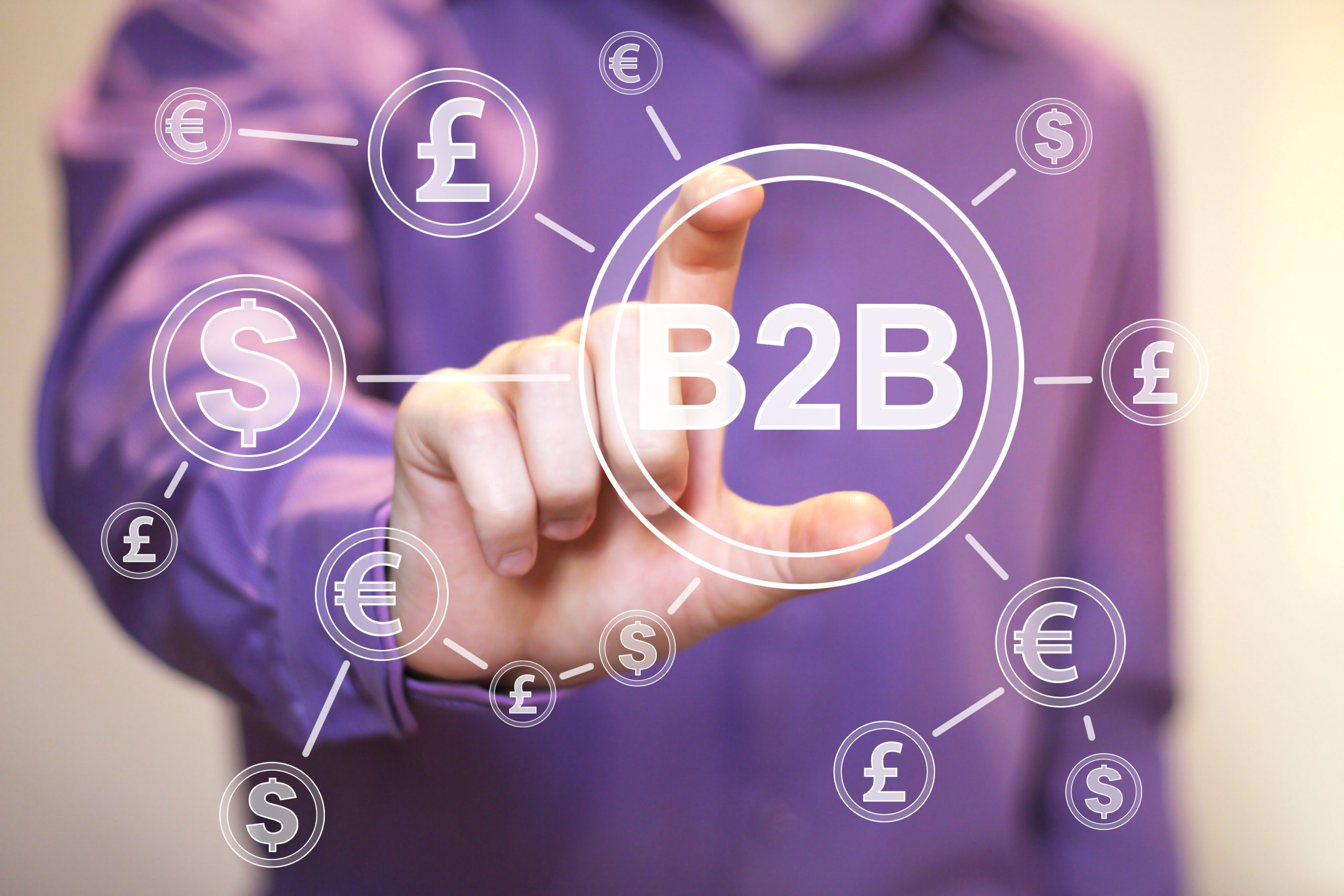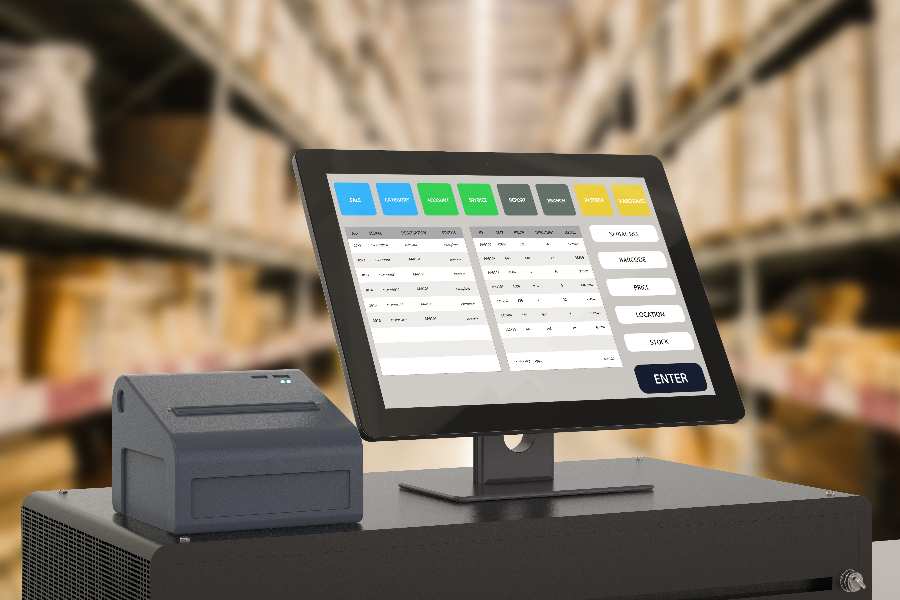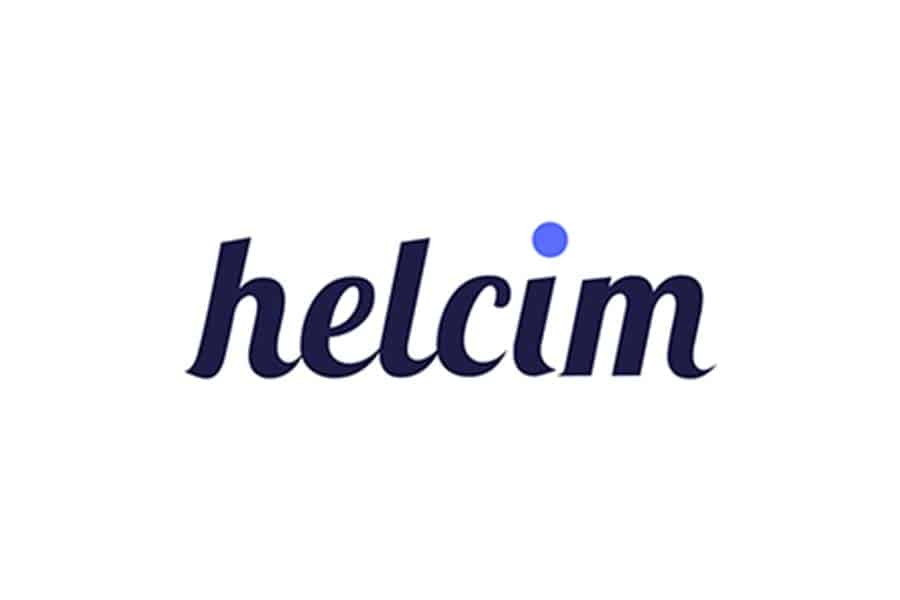
The business-to-business (B2B) payments market is growing, with payments becoming increasingly digital. Although the market as a whole is becoming more flexible and secure, some challenges inhibit businesses’ ability to manage B2B payments efficiently, not to mention expand internationally.
Whether you operate a B2B company or need to make regular or recurring payments to your suppliers and vendors, we rounded up nearly two dozen B2B payment trends and statistics you need to know in 2024.
Key Takeaways:
- B2B payments continue to grow: The global B2B payments market is expected to reach $241.8 trillion by 2031.
- US B2B companies continue to use legacy payment methods: Paper checks still make up 16.2% of local B2B payments.
- 92% of B2Bs are digitizing their payment solutions: Point-of-sale (POS) and payment solutions are helping B2Bs integrate with automated payment processing methods.
B2B Payments Industry Overview
The B2B payments market is made up of both local and cross-border transactions. Both large and small to mid-size B2Bs continue to use legacy payment methods but are beginning to see a shift to digital and automated payment processing.
1. The B2B payments market is forecast to grow 8% CAGR through 2031
The global B2B payments market reached $130.64 trillion in 2023 and is predicted to reach $241.8 trillion by 2031 equivalent to an 8% compound annual growth rate (CAGR).
2. Bank transfers are growing in popularity among B2Bs
Bank transfer is the fastest-growing B2B payment method today, driven by the rising demand for cross-border and real-time payments (RTP). RTP has become a core payment method across various industries, though traditional payment rails (or the infrastructure that facilitates transactions) are still widely used.
3.Nearly 1 out of 3 B2B transactions are still done by cash and checks
In the US, 32.1% of all B2B transactions still use cash or paper checks. This is already significantly lower than the 50% of cash and paper check B2B payments in 2019.
4. B2B accounts for nearly 21% of total cross-border transactions
In 2023, the B2B sector comprised 20.6% of total cross-border transactions, valued at $39.3 trillion. This is expected to reach $56.1 trillion by 2030 with B2B ecommerce leading the growth.
5. 45% of businesses cite manual review as the biggest problem they face in B2B payments
Among the top three problems businesses face when making B2B payments is having to review and approve accounts receivable (A/R) and accounts payable (A/P) manually (45%). Other issues cited were the high cost of using credit (43%) and the high cost of making payments (41%).
Global B2B Payments
Cross-border commerce continues to be a key marker for economic growth. Global B2B payments are on the rise with the launch of ISO 20022 standards, creating interoperability of various real-time payment rails among financial institutions across the globe. Large B2Bs have been the initial beneficiary of faster, more automated payment systems but adoption among smaller B2Bs is not far behind.
6. There will be $83 trillion in B2B payments processed by the end of 2024
The transaction value for B2B payments is expected to reach $83 trillion by the end of 2024. This is lower compared to the $88 trillion in B2B payments processed in 2022. That said, the latest Juniper Research on B2B market growth still predicts a 40% increase in the next four years (2028).
7. 70% of B2B transactions were done through real-time payments
Currently, 70% of B2B payments for large companies are processed through real-time rails. This is expected to increase once real-time payments are made more accessible for smaller B2Bs.
8. Asia Pacific is the fastest-growing B2B market
The Asia-Pacific region, led by countries like China, India, and Singapore, plays a major role in the global B2B market with its growing cross-border commerce and preference for fintech-driven digital payment technology. The region contributed more than a third (36.63%) of the global B2B market share in 2022.
Domestic B2B Payments
Advancements in payment solutions are driving local B2B payment growth. Many payment and POS service providers are adding automation features that allow for faster payment processing, improved security, and give merchants more control over cash flow.
9. Domestic B2B transactions comprised 65.2% of the total B2B market in 2023
Local B2B payments made up 65.2% of total B2B transactions in 2023. Small and medium enterprises (SMEs) are adopting payment solutions like Square, PayPal, and QuickBooks, which contribute to the majority of domestic B2B market share.
10. Domestic payments will make up nearly 60% of total B2B transactions in 2025
While many B2B payments cross international borders, most are anticipated to be domestic. Domestic transactions are expected to account for 59% of total B2B payments in 2025.
11. Major industries in the US are adopting real-time payment methods for B2B transactions
Real-time payment method adoption is slowly growing in the US retail (16.6%), manufacturing (14.6%), and insurance (16.1%) industries. However, real estate is lagging behind, with only 0.2% of its overall B2B transactions using real-time payment methods.
12. Paper checks made up 16.2% of local B2B payments in the US 2023
In the US, checks still comprise an average of 16.2% of local B2B payment methods across major industries—retail, manufacturing, insurance, and real estate. Other legacy payment methods such as wire transfers and cash are also still in use.
13. ACH payments for B2Bs continue to grow
Since 2014, the Automated Clearing House (ACH) network has processed an increasing volume of B2B transactions. By the end of 2023, a total of 6.59 billion B2B transactions, valued at $54.2 trillion, went through the ACH network.
14. The 2023 B2B payments market in the US will surpass $197 billion
The market size of B2B payments in the US was projected to reach more than $197 billion in 2023. The local B2B payments are forecast to reach well over $390 billion by 2031, at an estimated 9.0% CAGR.
B2B Payment Technology
B2B payment statistics wouldn’t be complete without looking into the latest in payment technology. In a recent PYMNTS interview, payment industry executives identified four factors that drove B2B payments growth in 2023: speed, security, artificial intelligence (AI), and tooling. These factors provided the much-needed automation to increase transaction speed while improving visibility around cash flows.
15. Streamlined B2B payments are among the reasons driving accounts receivable (AR) automation growth
B2Bs look to accounts receivable automation to solve the challenges brought about by manual processing. From $3.3 billion in 2022, the accounts receivable automation market size is expected to grow to $6.5 billion by 2027.
16. Virtual card payments will grow 30.19% from 2023 to 2028
Virtual card transactions are expected to reach $174.3 billion globally by 2028. This is lower than the estimated value of $6.8 trillion by 2026 by the same research in the previous year. Virtual cards, often used by B2B companies, offer conveniences such as employee-issued cards and spend tracking tools. These benefits are even more valuable in an increasingly remote workforce.
17. Same Day ACH transactions for B2Bs increased by 50.7% in 2023
In 2023, the volume of same-day ACH transactions for B2Bs reached 260.95 million (valued at $1.38 trillion), up 50.7% from 173.14 million transactions in 2022.
18. The use of cryptocurrency for B2B cross-border transactions is expected to increase
The volume of B2B cross-border payments using cryptocurrency is expected to reach $745 million by 2025. The Asian market is in the lead for blockchain B2B transactions, followed by Europe.
19. Real-time payment volume in the US will reach more than $18.9 trillion in 2028
A recent Deloitte study projects a significant growth in real-time payments adoption in the B2B industry anywhere from $18.9 trillion to $37 trillion in 2028. In particular, 96% of manufacturing firms expressed interest in replacing their legacy payment methods with real-time payments.
20. Open banking and APIs drive B2B payments innovation
Among key factors revolutionizing the B2B payments market is the access of third-party providers to financial data via open banking and system integrations between businesses and their banks or payment processors through application programming interfaces (APIs).
21. AI’s role in B2B payments is expanding
Artificial intelligence (AI) is expected to play a more active role in B2B payment processing. This includes identifying a customer’s evolving payment preferences, independently processing invoices, and adjusting real-time fraud detection features without the need to set up rules or templates. Automated accounts receivable alone will cut a company’s manual processing costs by 85%.
22. B2Bs look to digital payments to solve payment processing bottlenecks
92% of financial institutions servicing B2Bs are in the process of digitizing their payment solutions to address payment frictions such as slow invoice reconciliation, slow transaction confirmation, and lack of real-time reporting.
Frequently Asked Questions (FAQs)
These are some of the most common questions we encounter about B2B payment statistics.
In 2023, global B2B payments were valued at $130.64 trillion with a projected 8% compound annual growth rate (CAGR) by 2031.
In 2023, 32.1% of B2B transactions in the US were made with checks.
In 2024, small and medium B2Bs will be able to diversify their established legacy process with key factors that boost B2B payments growth in 2023: enhanced security, real-time access to information, and development of business system integration tools.
Bottom Line
2023 saw the launch of technology that provided much-needed improvements in B2B payments. Automation, enhanced security, and real-time cross-border transactions are becoming a reality. While these were initially available to large B2Bs, 2024 is set to be the year for these innovations to become more accessible to small and medium B2B companies.
However, smaller B2Bs may not need all these complex, new technologies. This means part of the B2B payment trend for 2024 is overcoming the challenge of diversifying payment strategies and finding the right combination with established processes.




